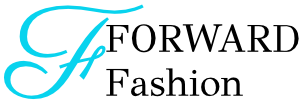
Aille Design offers the blind fashion they can "see".
Clothes are one of our lives’ necessities, and yet every morning, for millions of blind or visually impaired people, just putting them on is a difficult challenge.
Over the past few years, designers have made great strides to ensure people with limited sight feel the beauty and luxury of fashion.
Alexa Jovanovic, a Fashion Communication graduate from Ryerson University, has been incorporating Braille – the traditional writing and reading system used by blind people – into her designs to ensure that all people, regardless of disability, have access to experiential clothing.
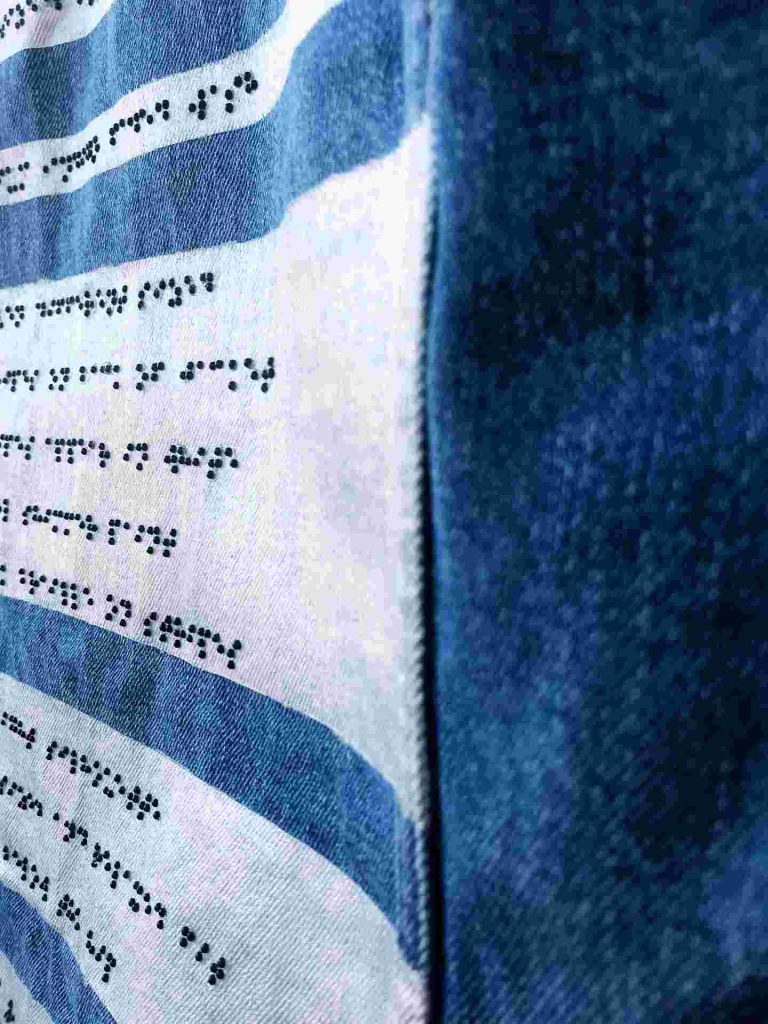
“When we focus strictly on disability and creating adaptive clothing that is functional, but not fashionable, we inadvertently make the disability the focal point of the person’s identity. This lack of knowledge and understanding has led to creating products that aren’t truly valuable to the end-user and completely misrepresent the blind and visually impaired community.“
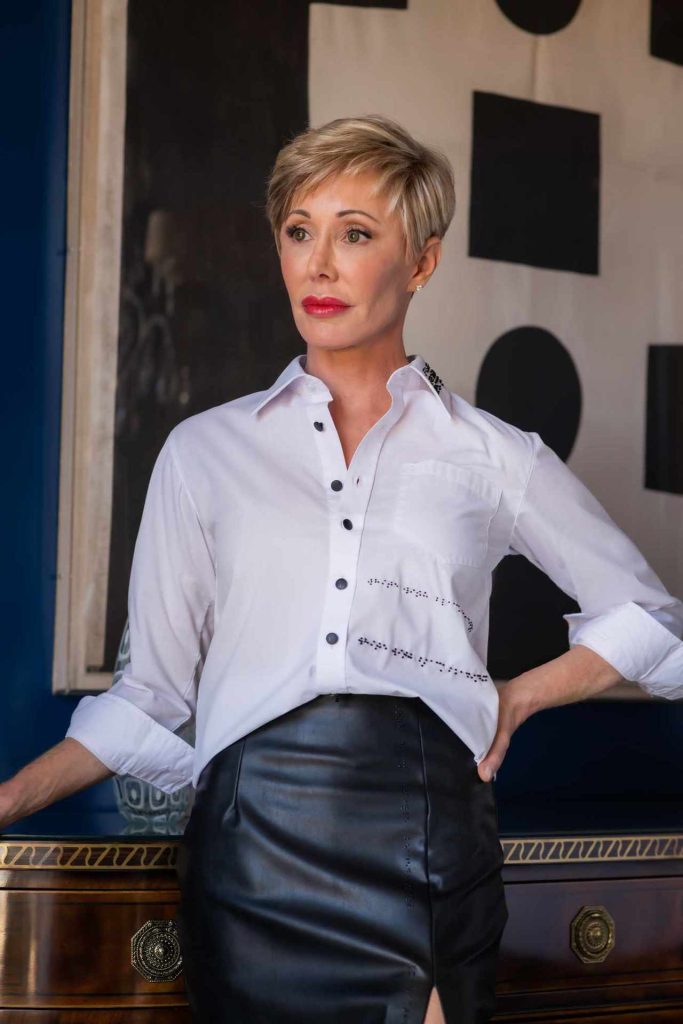
Model Catherine Harrison
Photography Julia Wagner
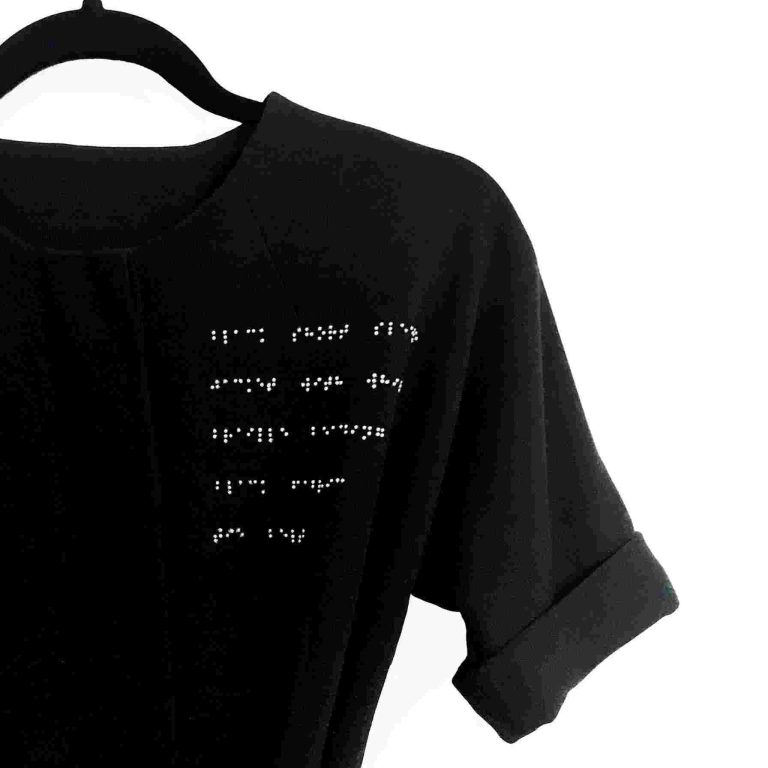
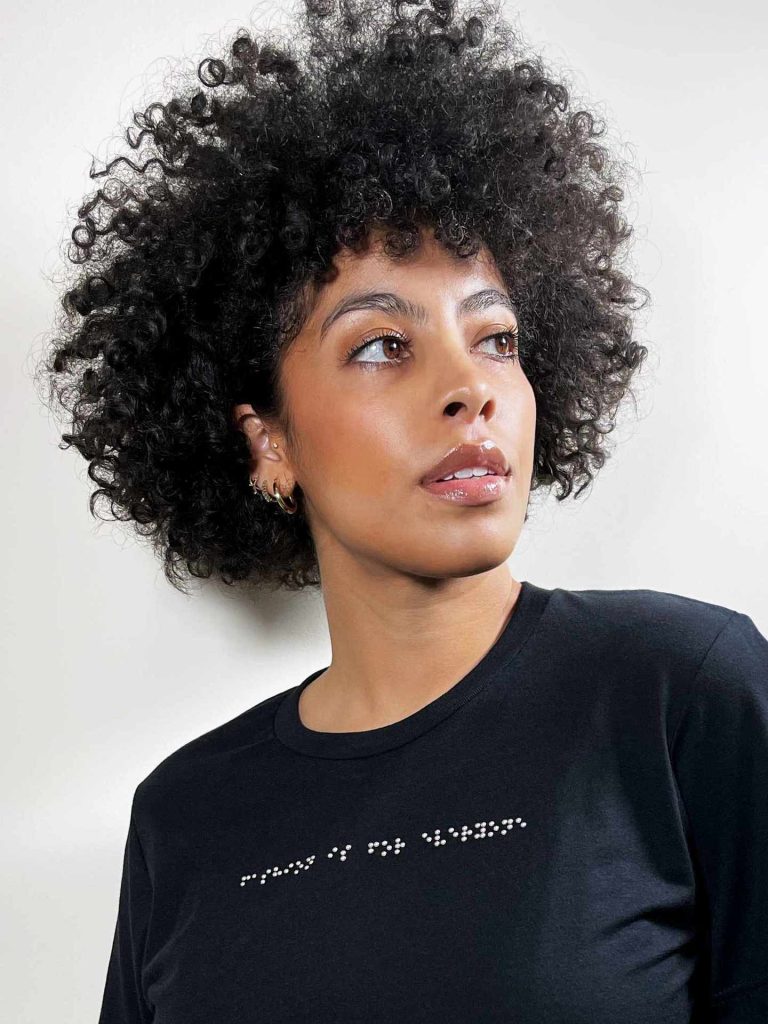
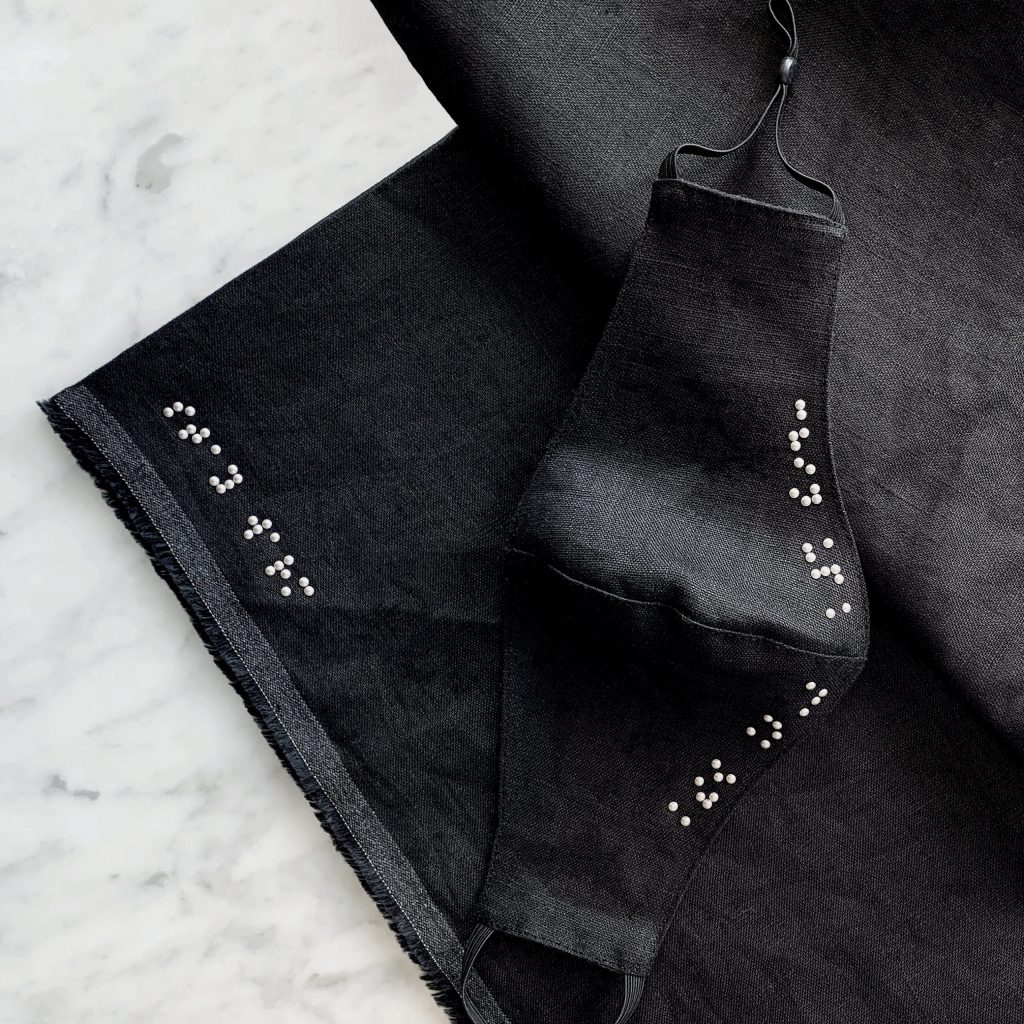
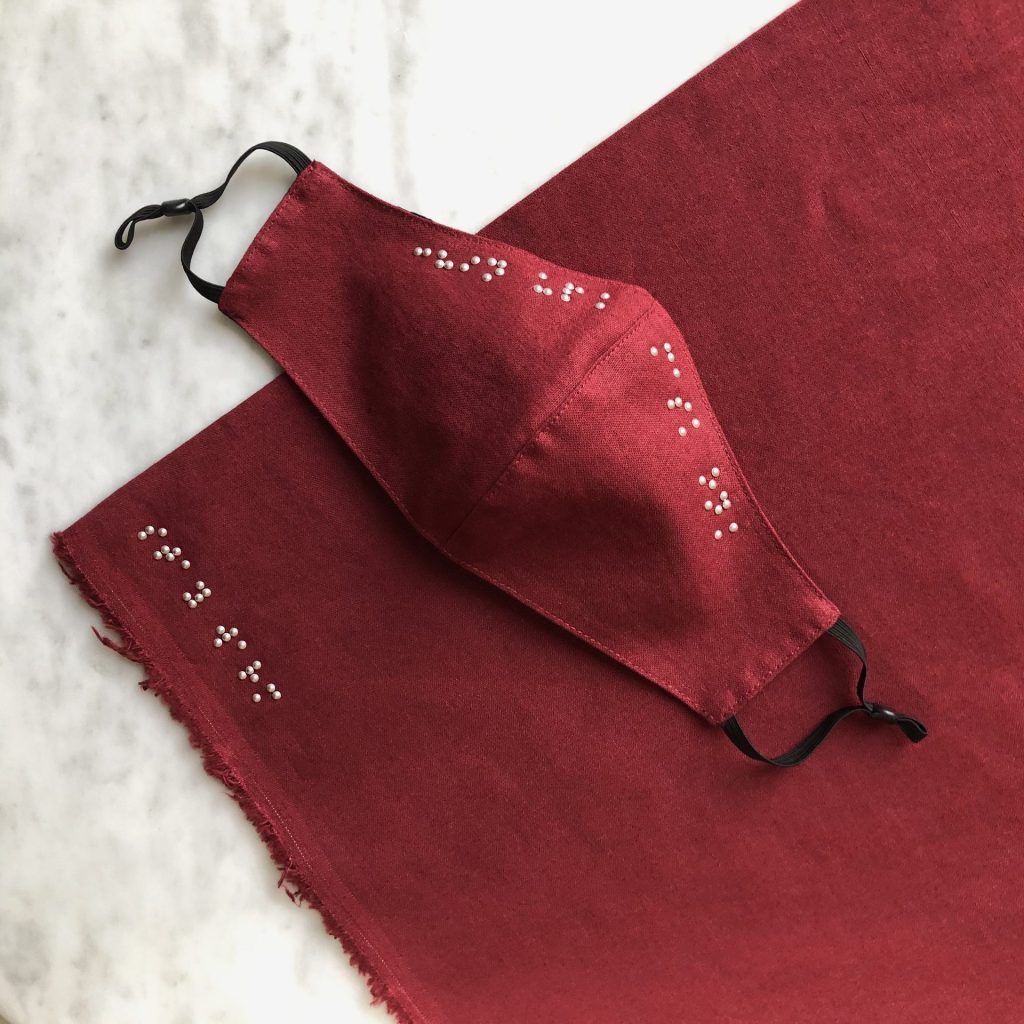
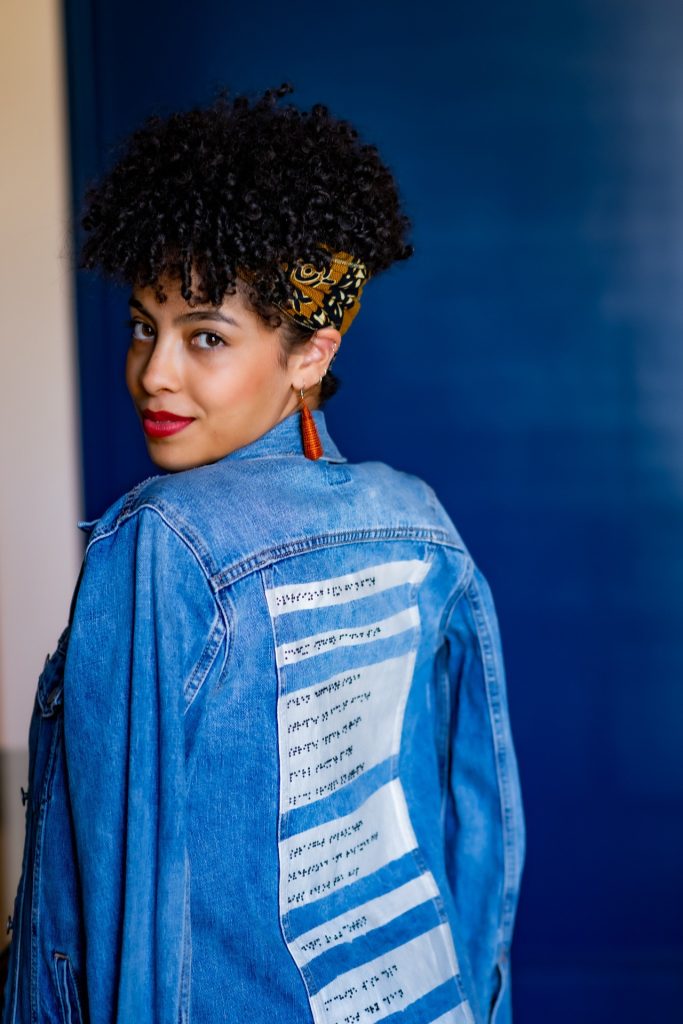
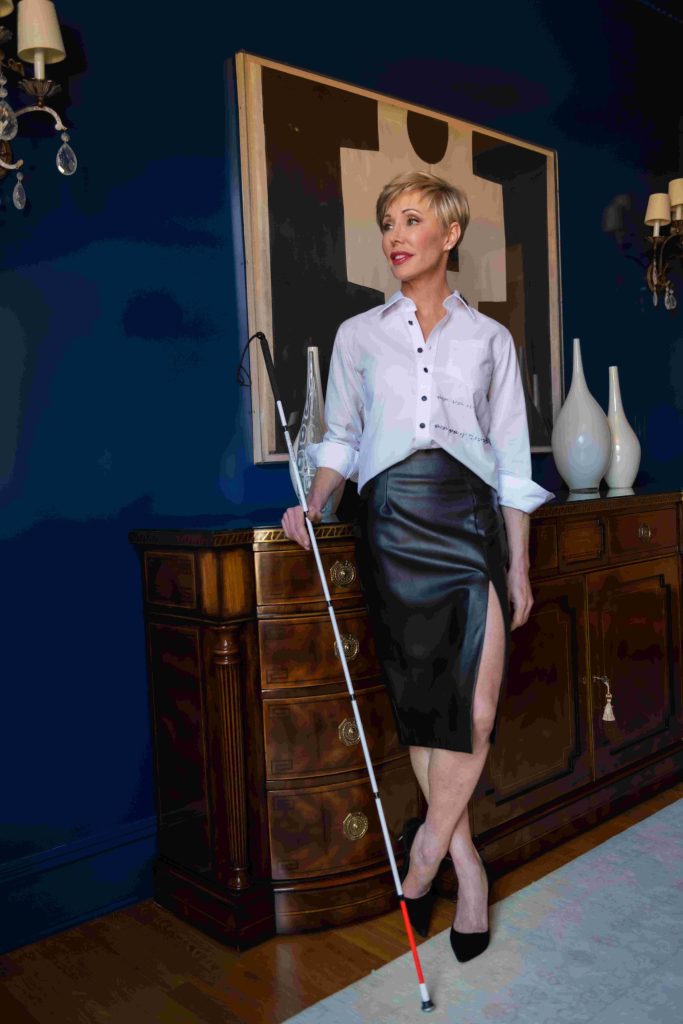
The FORWARD “Way Forward” issue is launched, featuring Aille Design—Get your copy now.
